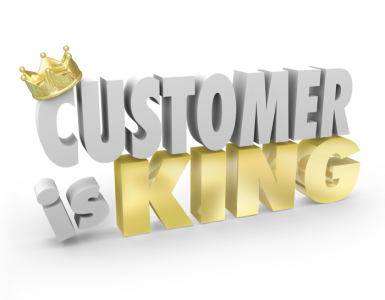There are a number of factors you should consider when preparing to launch a new tech startup. Entrepreneurs need an effective plan to guide them through each of the key stages during this process. For example, you need to test your ideas, decide on a business structure, create a logo, and think about office premises and business software.

Launching a tech business does not have to be complex if you focus on several key objectives.
Name and domain
Once you are sure about your business idea and have selected a business structure – sole trader, partnership or limited company – you can now think about choosing a name and domain. The name should be memorable, easy to spell and engaging, so try to stick to two syllables at most. Web hosting companies such as GoDaddy and Google Domains are great resources for registering a domain and hosting a website.
Logo
Like the name, a logo should also be simple and memorable. Be original and think how it will look in ten or twenty years. It should be iconic and able to stand the test of time. Ideally, you should get a graphic designer to create the logo – there are helpful resources on the web, such as 99designs and Canva.
Office space and servers
The space you will need for your tech business depends on your requirements. You may only need a small desk and phone for example, but you should also consider storage space and meeting rooms. Many tech startups require a dedicated server room to store their business data and support their day-to-day operations. Prioritising a server room build could give you a competitive advantage, as you will be able to conduct system-wide backups and administration, host databases, store and share documents and use it for print and mail serving.
Website and blog
You need to set up a landing page or website featuring your name and logo, plus a description of what services or products you are offering. You can do this even if your offerings are not yet set in stone, as long as you are clear about what stage you are currently at. Include as much useful information as possible. A regular blog can also help to drive traffic to your website and increase the visibility of your brand.
Product roadmap
Create a complete product development roadmap and answer simple questions such as “why are we building it?” and “who is it aimed at?” This roadmap should include user registration, content creation, administration, advertising and social media sections.
Business software
Micro businesses and SMEs can now source free and low-cost software options to support their IT operations. You need to look at customer relationship management (CRM) and enterprise relationship management (ERP) systems and cloud storage. These Software as a Service (SaaS) options will enable you to be agile and cost-effective without having to invest in on-premises hardware.
Launch, survey, refine
You can now launch your tech startup. You should continue to survey customers about your products, collect feedback, analyse data and make changes to ensure your business is in a position to prosper in the long term.




